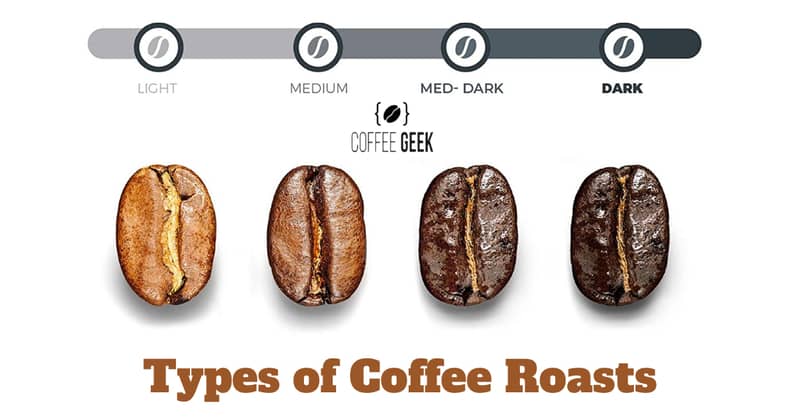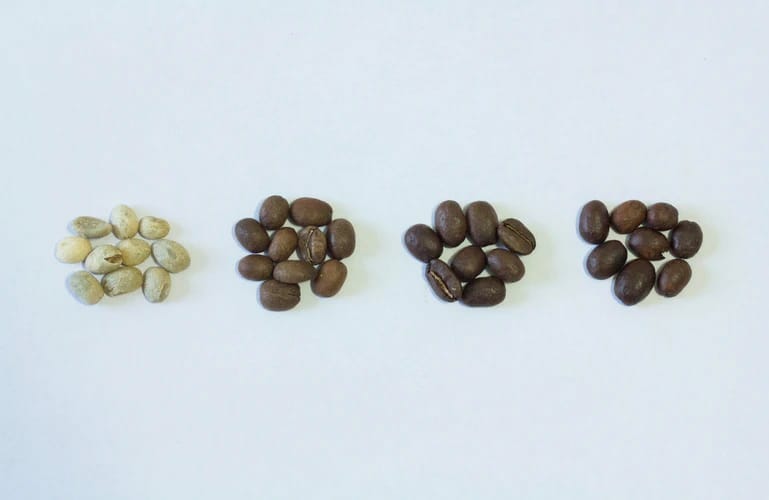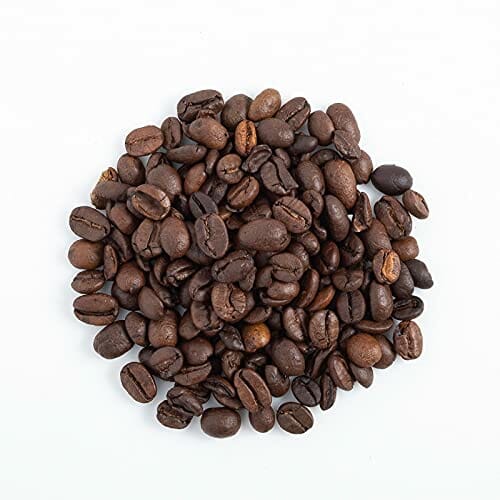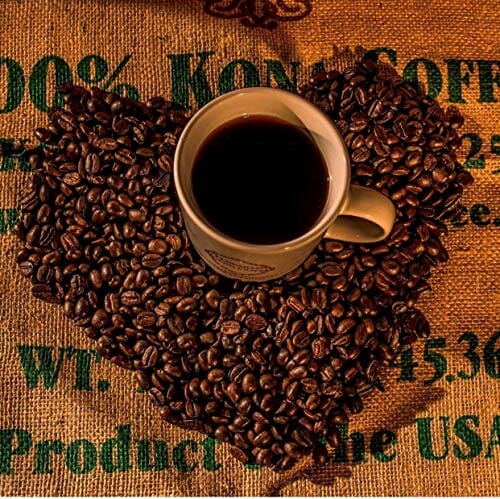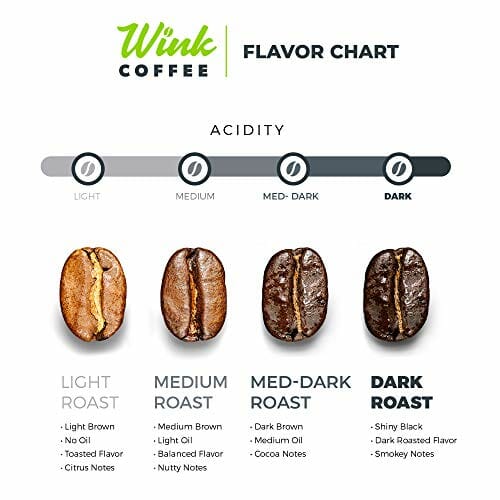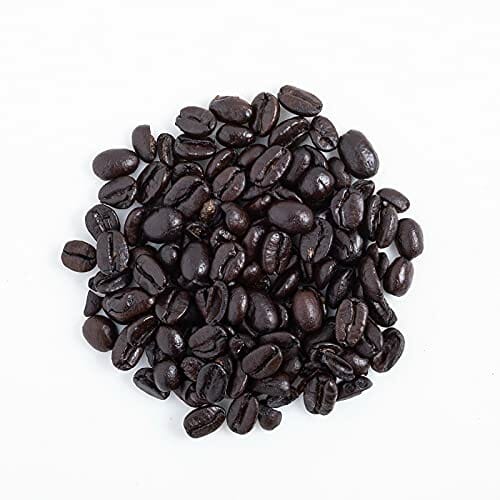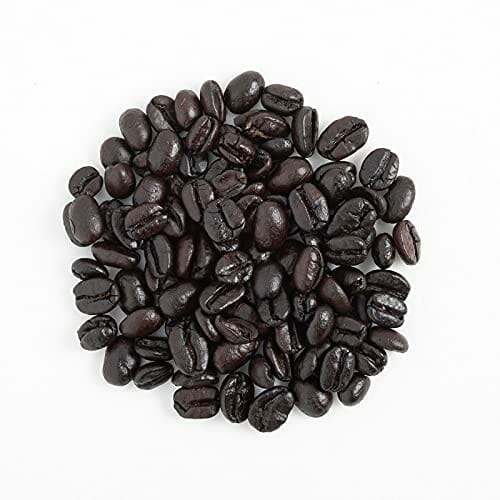Were you surprised that coffee roasts aren’t simply just light, medium, and dark but they’re in these arbitrary names like City and French as well?
Did you know that the coffee roasting process can significantly affect the perceived aroma and flavor profiles of coffee beans?
And therefore, you need to learn about all of those different coffee roasts, at least the major ones, to make a suitable choice for your next brew.
In this article, I will introduce a comprehensive beginner guide to what are the 3 types of coffee roasts – light, medium, and dark – that you can refer to the next time you go coffee beans shopping.
Light Roast Coffee Beans
A light roast is a coffee that’s roasted for the least amount of time, so expect it to have the lightest color.
The internal temperature of this light brown coffee roast can typically reach around 380 – 401 degrees Fahrenheit (193 – 205 degrees Celsius).
Due to the short roasting process, light roast coffee can preserve much more of the original coffee compounds.
This means a brighter acidity and more complex flavor profiles can be drawn out from the brew. Not to mention a load of caffeine content.
Therefore, generally, the light roast level is more suitable for coffee varieties with a milder and sweeter taste. Think of the fruity Arabica coffee bean rather than the earthier and more bitter Robusta.
The shorter roasting process also causes less intense cracks on the coffee bean, which means no visible coffee oils can escape to the surface. So if you’re a fan of a clean cup of coffee, light roasts are definitely worth the shot.
Here are 5 common names light roasts go by that you might spot on the coffee bean shelves:
Light City/Half City Roast
Coffee is lighter than City Roast in terms of all characteristics including color, flavor notes, and body.
Cinnamon Roast
One of the lightest roast levels, this in fact refers to the color that this roast level is similar to, not the spice and sugar that you’re likely used to.
Blond Roast
This light roast coffee is also named after the color that it resembles, popularized by Starbucks. Read what a Blonde Roast is here.
New England Roast
This light roast that’s a bit darker than cinnamon, popular in the specialty roasters community. It takes up the name of the area that it’s said to be preferred at, a region located in the Northeast of the U.S.
Medium Roast Coffee Beans
The medium roast level is well-loved for the balance it offers in flavors, body, acidity, and caffeine content.
Not too bright and not too intense, they can be considered the go-to roasts for all coffee brewing methods.
The roasting process takes a bit longer to bring the internal temperature of the medium roast to around 410 – 428 degrees Fahrenheit (210 – 220 degrees Celsius), after the first crack but before the second one.
If you’re looking for a thicker texture, these medium brown roasts can bring that medium body difference that you crave.
And, to a lesser extent, medium roasts can also preserve the original complex flavor compounds like the light roasts, so you can still taste some of the bright notes.
There is still little to no oil on the surface, so a clean cup is still achievable with brews using medium roasts.
Here are some of the common roasts that belong to the medium roast levels:
Breakfast Roast
Mild coffee beans that go through a gentle roasting between the light and medium coffee roast levels.
American Roast
These medium light brown roasts are also often referred to as the American roast for their popularity in the U.S. market.
City Roast
A bit darker than the American roast, this medium brown coffee is favored among specialty coffee roasters.
Full City Roast
These coffee beans actually fall under the medium-dark roast beans group that are richer, darker in color, and have visible oil on the surface as they reach the second crack stage.
The more intense and longer roasting process also contributes to a deeper and flavor profile that makes a really noticeable difference in the bittersweet aftertaste.
Full City + edges a little further to the dark side. So you might have heard some coffee people say that Full City is among dark roast coffees.
Dark Roast Coffee Beans
The notorious dark roasts are often the go-to pick for brewing intense and full-bodied coffee such as espresso and French Press.
The roasting process leads the coffees to have a very high internal temperature of around 464 – 482 degrees Fahrenheit (240 – 250 degrees Celsius).
Other than the noticeable difference in the color, another effect that creates signature characteristics on dark roasts is the crack on the coffee beans, causing more oils to escape to the surface.
Some say that the oils add more flavor to the cup of coffee, but try not to go overboard with the intake as there is a health risk related to overconsumption of coffee oils.
For more information, check out my article on the French Press utilizing the immersion brewing method that effectively draws out these oils.
Light Roast Vs Dark Roast
Back to the topic of roasting. Which is stronger, light roast coffees or dark roast coffees?
The answer depends on the definition of the strength of the coffee drinker.
If it’s the caffeine they’re looking at, light-roasted coffee beans win no doubt.
Contrary to popular beliefs, the darker the beans are, the less caffeine they have left to be extracted during the brewing process.
That’s because the longer the roasting lasts, the more of the caffeine and acidic contents break down, which is why dark roasts are the go-to low-caffeine and low-acid coffee beans for drinkers with a sensitive stomach.
So, dark roast loses on the oil battle but wins on the acidity and caffeine rounds.
And, when we compare the strength based on the flavors, aroma, and body, the dark roast beans are definitely a lot bolder, richer, and smokier. Some are even charred black.
Keep in mind that some roasters may use the dark roast as an excuse to mix in a lower-quality coffee blend.
Since the majority of the bad flavors have been broken down during roasting and the smoky aroma and dark color can cover up the musty smell and taste, it’s hard for a casual coffee drinker to pinpoint whether the beans are of poor quality or not.
It sucks that you can’t enjoy the bean types you love in peace, but as long as you take that into account to do research and only buy from a decent roaster, your taste palate should be fine.
Here are 5 common dark roasts that you may come across:
Viennese Roast
Vienna roast coffee bean can also be said to belong to the medium-dark spectrum for its milder flavors and dark brown color. It has the richness of a dark roast but not much smokiness and oiliness.
New Orleans Roast
A city in the U.S. that’s popular for supplying exquisite dark roast flavors.
Espresso Roast
These beans are appropriately roasted for the brewing method they’re intended for, espresso.
French Roast
These are dark brown coffee beans that are oily with little acidity as they’re roasted beyond the second crack.
You can expect some lovely notes of caramel.
Is French roast darker than espresso? Yes, just a little.
Italian Roast
This dark roast coffee is even darker, nearly black, and shinier due to more oils covering the beans.
A burnt taste is a given but the flavors still make a good fit for a cup of espresso.

